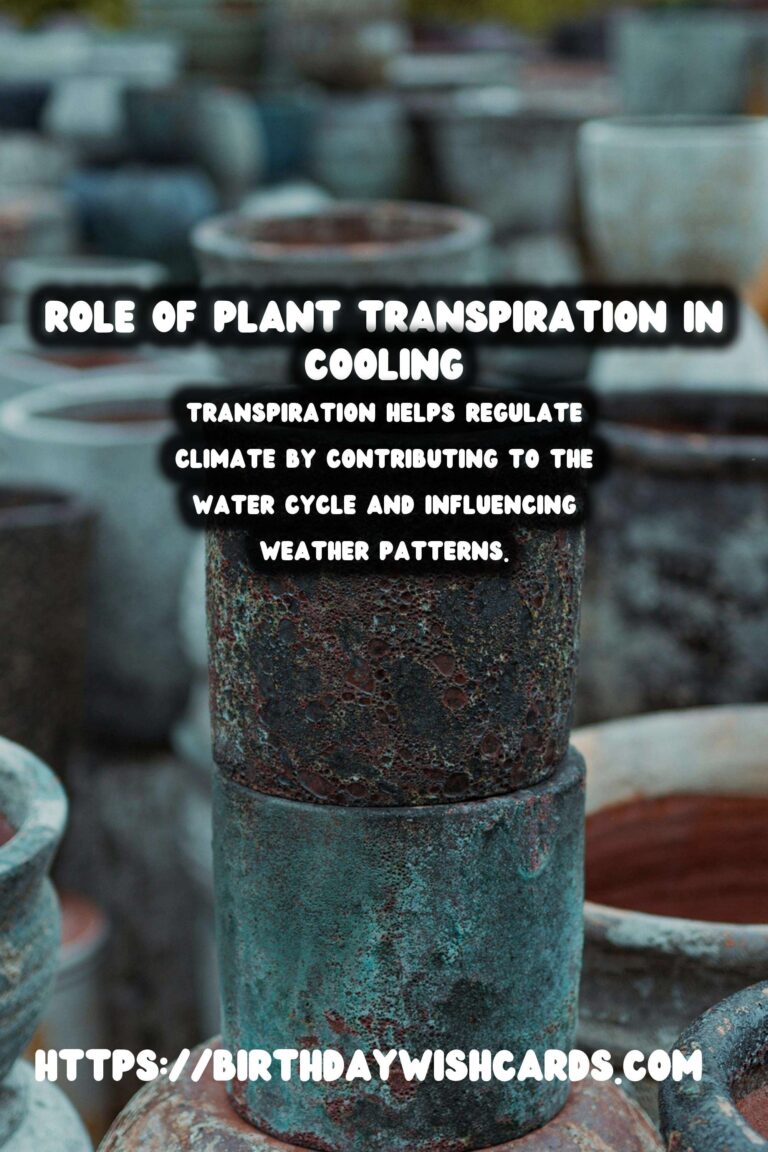
Plants are essential to life on Earth, not only because they produce oxygen through photosynthesis but also due to their natural cooling mechanism known as transpiration. Transpiration is the process by which moisture is carried through plants from roots to small pores on the underside of leaves, where it changes to vapor and is released into the atmosphere. This process is crucial for plant health, climate regulation, and cooling the environment.
What is Transpiration?
Transpiration is a physiological process that involves the movement of water within a plant and its subsequent evaporation through aerial parts, primarily the leaves. It is part of the larger water cycle and plays a vital role in the plant’s ability to transport nutrients, maintain temperature, and facilitate photosynthesis.
The process begins when plant roots absorb water from the soil. This water travels up through the plant via the xylem vessels, reaching the leaves where it is used in photosynthesis. Any excess water exits the plant through stomata, small openings on the leaf surface. While transpiration might seem like a wasteful loss of water, it is actually crucial for several reasons.
The Role of Transpiration in Cooling
One of the primary benefits of transpiration is its role in cooling both the plant and the surrounding environment. As water evaporates from the leaf surfaces, it absorbs heat, thereby cooling the plant. This process can be likened to perspiration in humans, where the evaporation of sweat from the skin surface helps to cool down the body.
Transpiration also contributes to cooling the environment. Large forests and vegetative covers release substantial amounts of water vapor, which can lower the air temperature in their vicinity. This cooling effect is especially significant in urban areas where green spaces can counteract the heat island effect, leading to more comfortable living conditions.
Transpiration and Climate Regulation
Beyond local cooling, transpiration plays a significant role in the global climate system. The water vapor released by plants is a major component of the Earth’s water cycle. It helps in cloud formation, which in turn influences weather patterns and precipitation. This makes forests and large areas of vegetation critical in maintaining climate stability and regulating rainfall.
The loss of forests through deforestation can disrupt these natural processes, leading to shifts in climate patterns and increased temperatures. This highlights the importance of preserving natural landscapes to ensure a balanced and sustainable climate.
Factors Affecting Transpiration
Several factors can influence the rate of transpiration, including environmental conditions, plant type, and soil moisture levels. Temperature, humidity, wind, and light intensity are key environmental factors. For example, higher temperatures and wind speeds can increase the rate of transpiration, while high humidity tends to decrease it.
Different plant species have varying adaptations to regulate water loss. Some plants have developed thick leaves, waxy coatings, or reduced leaf surface area to minimize water loss in arid conditions. Understanding these adaptations is crucial for agriculture, horticulture, and conservation efforts.
Conclusion
Transpiration is a vital process for plant health, environmental cooling, and climate regulation. By understanding how plants utilize this process, we can better appreciate the intricate balance of nature and the importance of conserving our natural ecosystems. As climate change continues to challenge global temperatures, preserving and enhancing plant life becomes increasingly important in our efforts to maintain a stable and sustainable environment.
Transpiration is a crucial process for plant health, climate regulation, and environmental cooling. Plants release water vapor through stomata, aiding in local and global cooling. Transpiration helps regulate climate by contributing to the water cycle and influencing weather patterns. Environmental factors like temperature, humidity, and wind affect the rate of transpiration. Preserving natural landscapes is essential for maintaining climate stability. 

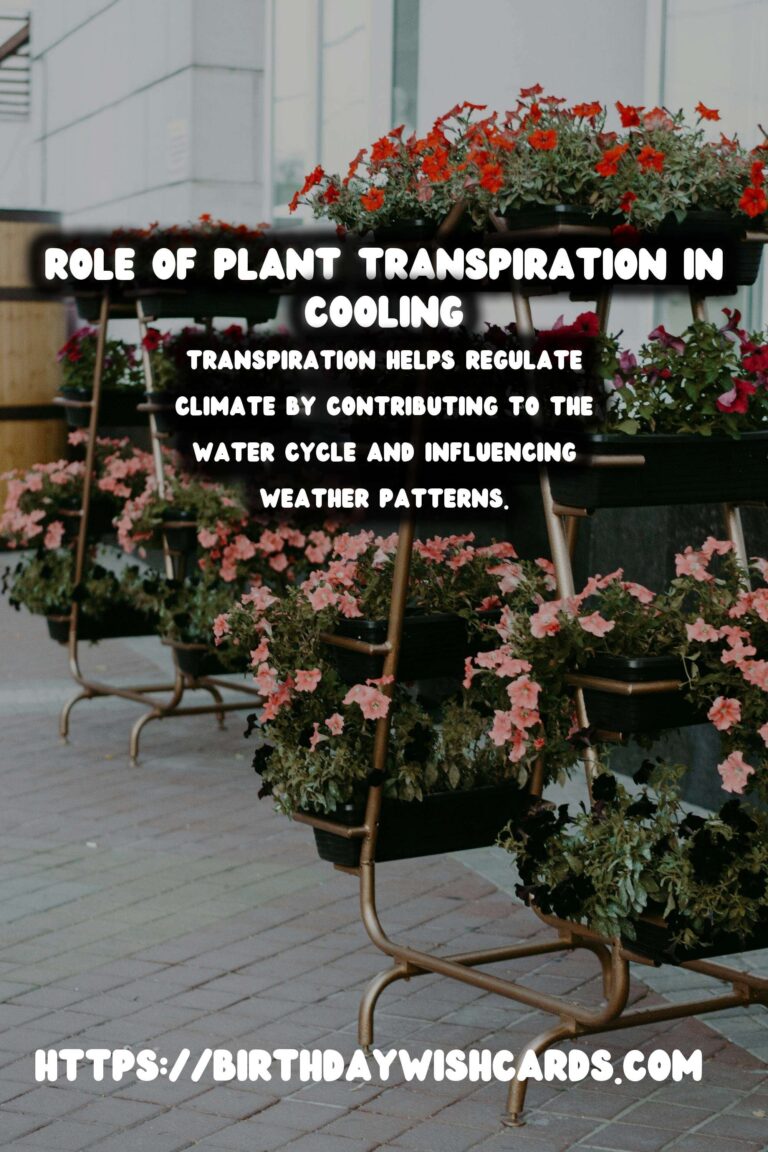
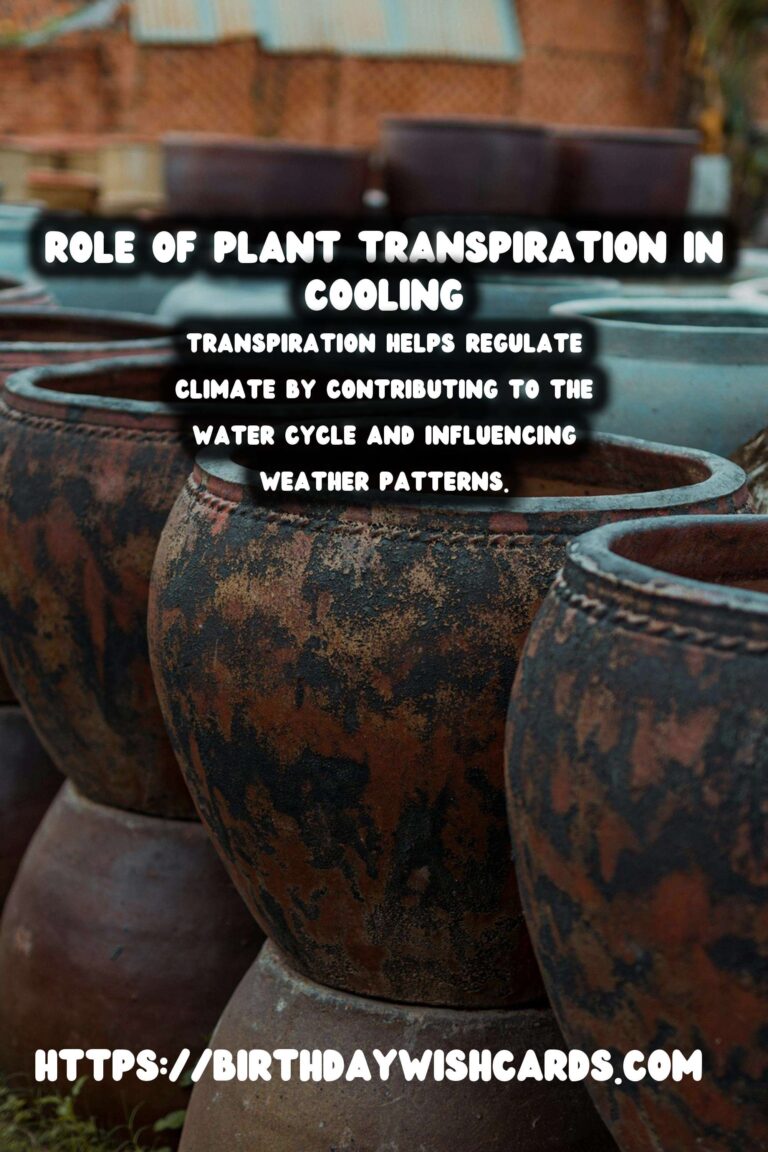

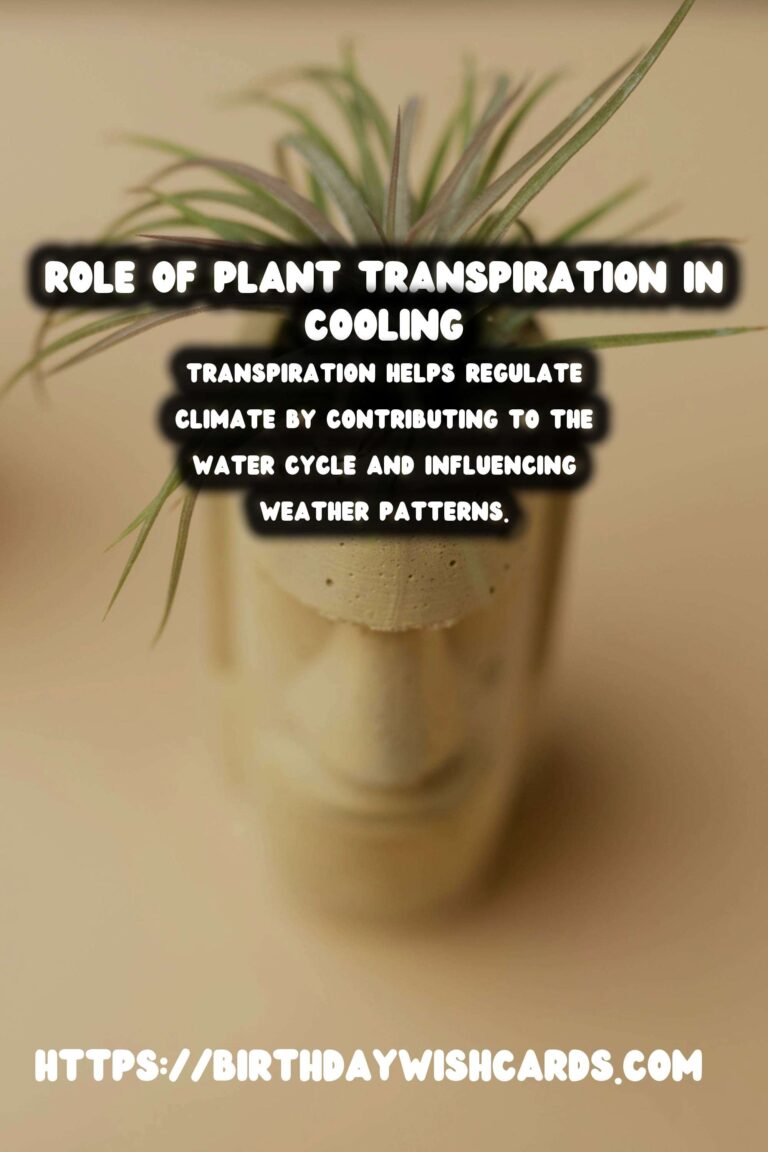


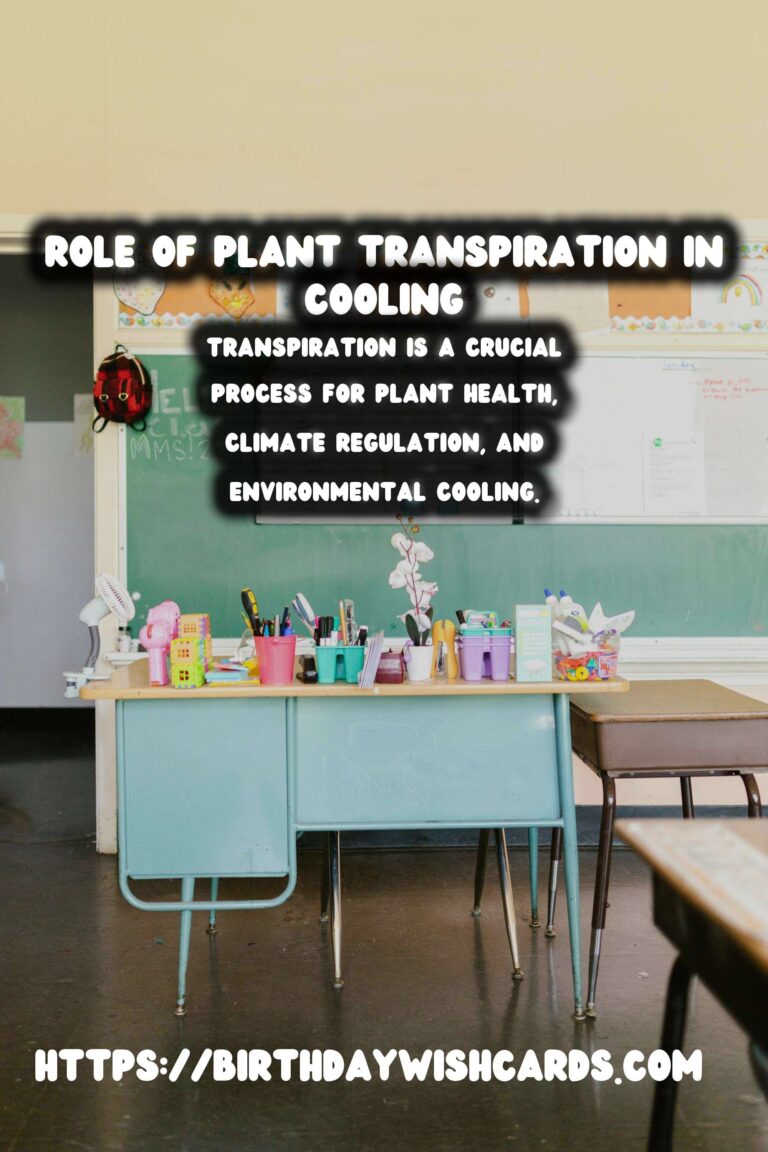

#PlantTranspiration #EnvironmentalCooling #ClimateRegulation #Sustainability #NatureConservation




